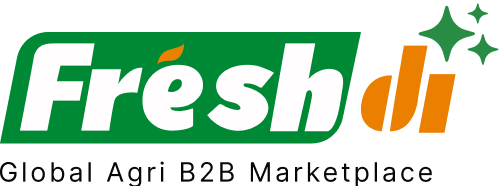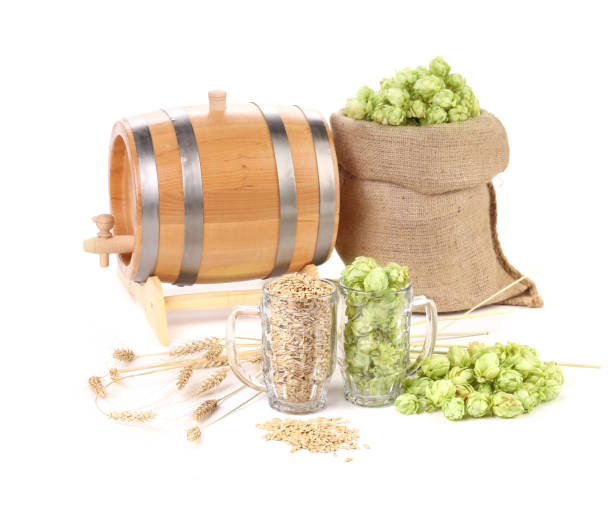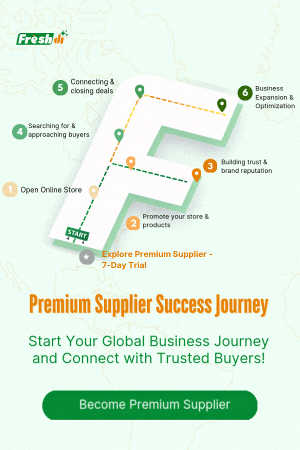Introduction – Current State of Play: The Beer Sector in Vietnam
The beer industry in Vietnam is bubbling with change—and not just in the frothy sense. As of July 2025, the Vietnamese beer market is undergoing a significant shift due to a mix of economic, regulatory, and climate-driven factors. A new trade agreement with the EU has slashed tariffs on alcohol imports and exports, giving local brewers stronger opportunities to scale globally. At the same time, the government’s recent push toward environmentally friendly production methods is reshaping how beer is brewed and packaged in the country.
Add in a few unexpected twists—like a regional drought impacting barley imports and a post-pandemic tourism surge bringing renewed demand from hotels and restaurants—and you’ve got a market in flux. Companies looking to source beer from Vietnam can no longer rely on outdated playbooks. To stay ahead, they need to be nimble, informed, and plugged into real-time supplier performance and market intelligence.
Platforms like Freshdi have become indispensable for this very reason. They provide live RFQ trends, supplier verification tools, and dynamic insights tailored to this ever-changing landscape.
Deep Dive – Breaking News: Critical Updates & Their Effects
Let’s break down what’s shaking up Vietnam’s beer sector right now:
-
Trade Expansion: Vietnam’s recent signing of a bilateral trade agreement with the European Union has opened the floodgates for export-ready beer brands. This is huge for companies looking to tap into premium segments in markets like Germany, France, and the Netherlands.
-
Supply Chain Challenges: A drought in parts of Australia and China—Vietnam’s primary barley sources—has led to a spike in raw material prices. This has forced some breweries to reformulate recipes or delay production.
-
Technology Investments: Several leading Vietnamese breweries are investing in AI-driven brewing systems and sustainable packaging to meet both local regulations and international eco-certification requirements.
-
Tourism-Driven Demand: With international tourism climbing back to pre-COVID levels, bars, hotels, and restaurants across Vietnam are ramping up their beer orders. This is especially evident in the coastal cities like Da Nang and Nha Trang.
-
Consumer Preferences: There’s a noticeable shift toward non-alcoholic and flavored beers among younger Vietnamese consumers, aligning with global wellness trends.
All these factors are shaping how companies should view Vietnam—not just as a source of cheap beer but as a dynamic, high-potential supplier market that’s evolving fast.
Top 6 Verified Beer Suppliers in Vietnam – Relevant in the Current Climate
Based on supplier reviews, export readiness, certifications, and activity on Freshdi, here are the top verified beer suppliers in Vietnam that are making waves in July 2025:
-
A&B Viet Nam Investment Joint Stock Company
Known for its wide range of premium and standard beer offerings, A&B has demonstrated consistent export capabilities and maintains high manufacturing standards. Their Camel Premium 330ml standard beer can is a top seller in both Asia and Europe. -
HA NOI COMMODITIES GENERAL IMPORT EXPORT JOINT STOCK COMPANY
A heritage brand with deep roots in Vietnamese brewing, this company’s Halida Thang Long Beer is a classic lager that appeals to both traditional and modern palates. -
S-Core Global Co., Ltd.
Specializes in beer-based products and ingredients like beer meals for food manufacturing. Their unique product range supports both F&B and industrial applications. -
G&G CONCEPT COMPANY LIMITED
This supplier offers Saigon Export Premium Beer, a high-demand beverage in supermarkets and hospitality chains across Southeast Asia. They’re well-reviewed for logistics efficiency. -
RITA FOOD & DRINK CO., LTD
A pioneer in flavored and non-alcoholic beers, RITA caters to health-conscious consumers globally. Their Lemon and Raspberry flavored beers are gluten-free and ideal for wellness-focused markets. -
GCV GROUP JOINT STOCK COMPANY
This group is known for artisan-quality brews like Saigon Special Lager made from 100% malted barley. Their focus on premium positioning makes them a top pick for boutique beverage distributors.
Dynamic Ranking Note: Rankings on Freshdi are updated monthly based on supplier activity, RFQ responsiveness, and buyer feedback. Keep an eye on the “Supplier of the Month” feature to spot emerging stars in the Vietnamese beer market.
Market Navigation – Strategic Responses to Today’s Beer Landscape in Vietnam
So, what should businesses be doing right now?
First, adjust your sourcing strategies to accommodate the latest raw material price hikes. If barley costs are soaring, explore diversified sourcing or consider suppliers offering alternative ingredients or recipes.
Second, tap into the flavored and non-alcoholic beer trend. It’s not just a fad—it’s a fast-growing niche, especially in markets like Japan, South Korea, and the Middle East where alcohol restrictions are in place.
Third, verify that your suppliers are adapting to the new trade regulations. Not every producer has the necessary documentation or certifications to benefit from the EU-Vietnam trade agreement. Working with platforms like Freshdi helps you avoid costly compliance issues by verifying supplier credentials upfront.
Finally, rethink logistics. With tourism-driven demand spiking in certain regions, lead times may stretch. Plan your procurement cycles accordingly—especially for high-demand SKUs like Saigon Export or Halida Thang Long.
Conclusion – Key Takeaways for Businesses in a Rapidly Evolving Market
The Vietnamese beer market in July 2025 is a vivid mix of opportunity and complexity. From drought-driven supply constraints to booming tourism and changing consumer tastes, the dynamics are unlike anything we’ve seen in years.
To stay competitive, businesses need to:
- Monitor trade regulation updates and adjust sourcing strategies accordingly.
- Explore non-alcoholic and flavored beer segments for high-margin growth.
- Choose suppliers who are export-ready and certified for global compliance.
- Leverage real-time platforms like Freshdi to track supplier performance, RFQ trends, and market shifts.
In this fast-paced environment, being reactive isn’t enough—you have to be proactive, data-driven, and strategic.
Beer Sourcing Checklist for Buyers (July 2025 Edition)
✅ Verify supplier export certifications and EU-compliance
✅ Check for production delays due to raw material shortages
✅ Prioritize suppliers with sustainable packaging and brewing methods
✅ Explore non-alcoholic, flavored, and health-oriented beer options
✅ Use Freshdi to compare RFQ trends and supplier reviews in real time
Future Outlook: What’s Brewing Ahead?
Looking ahead, the Vietnamese beer market is poised to become a major player in global beer exports. With the right investments and smarter sourcing approaches, businesses can ride this wave profitably. Innovations like AI brewing systems, sustainable logistics, and real-time supplier vetting will reshape how beer is sourced.
Platforms like Freshdi are at the heart of this transformation, giving buyers the tools they need to make smarter, faster decisions in an increasingly complex market.
FAQs
1. What is fueling the rise in Vietnam’s beer exports in 2025?
The EU-Vietnam trade agreement and increased tourism are driving demand, while local breweries are stepping up their game with better technology and export readiness.
2. Are non-alcoholic beers gaining popularity in Vietnam?
Yes, especially among younger consumers and health-conscious markets. Suppliers like RITA FOOD & DRINK are leading the charge in this category.
3. How can I verify if a Vietnamese beer supplier is certified for export?
Use platforms like Freshdi, which provide supplier verification tools, compliance documentation, and user reviews.
4. What are the most common challenges when sourcing beer from Vietnam?
Fluctuating raw material prices, logistics delays due to demand spikes, and regulatory changes are the top challenges.
5. How often does Freshdi update its top supplier rankings?
Freshdi offers dynamic rankings that reflect supplier activity, feedback, and RFQ performance—typically updated monthly.
References
(Placeholder for source links and data references as per publishing guidelines)


